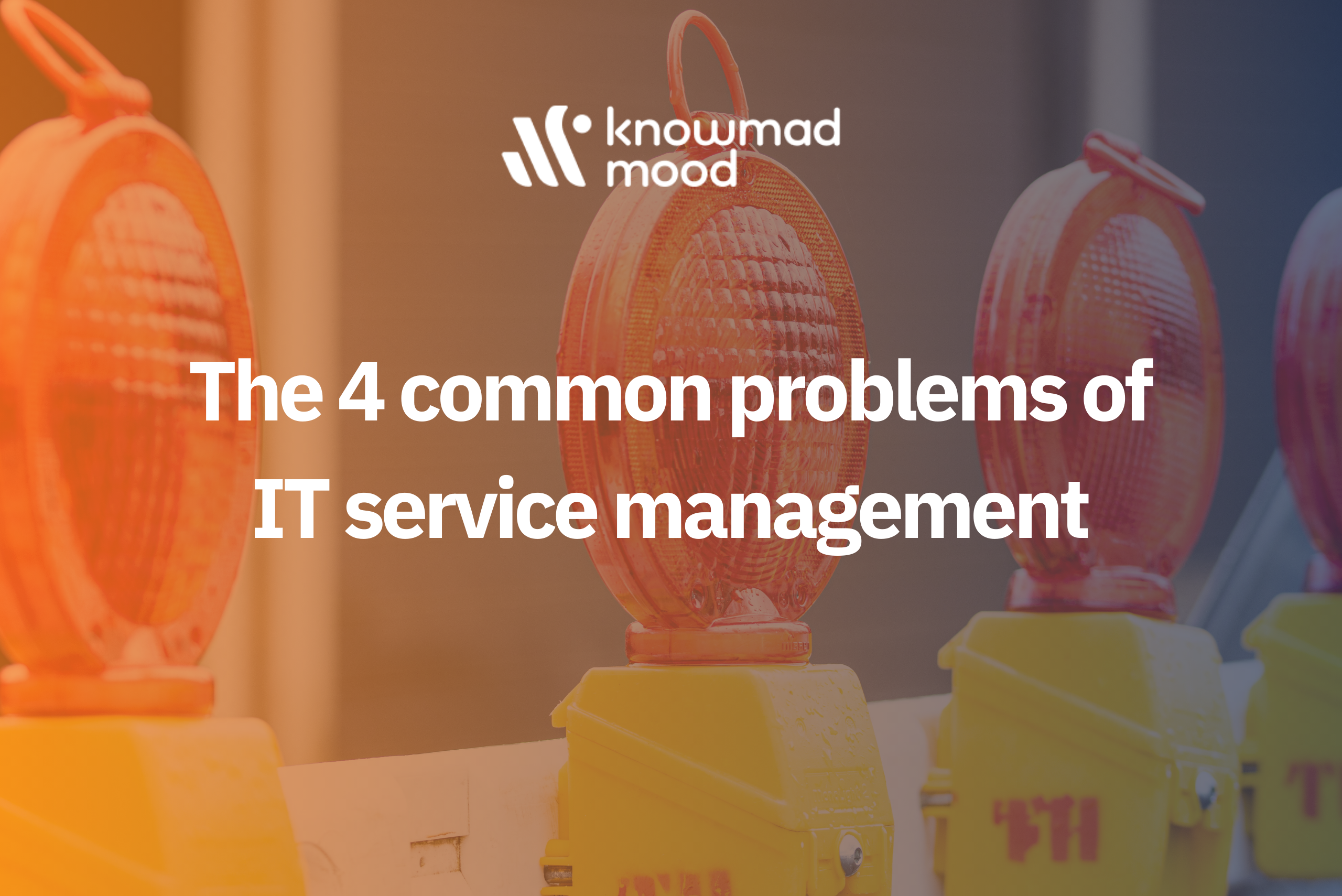
The 4 common problems of IT service management
Today, for a company to be fully competitive in the market, it must be able to be fast and flexible to adapt to customer needs. Digitization and the implementation of technologies and IT service management are key and, for many organizations, critical to their very survival. In fact, this is a market that continues to grow and, according to IDC Spain, Spanish companies’ spending on technology will grow by 3.4% by the end of 2023.
However, during the IT service management process, which involves everything from design and creation to delivery and maintenance, a series of problems can arise that must be taken into consideration in order to be successful. For this reason, knowmad mood, a leading technology consulting firm in digital transformation services, highlights some of the most common problems.
Increased response times and costs
Understood as the average period of time that the team takes to respond to a request or an incident, this can often increase if the necessary technologies are not in place. Thus, the adoption of IT service management makes it possible to have teams that provide structured responses to any type of incident. Moreover, by enabling the automation of day-to-day functions and activities and reducing the manual workload while increasing efficiency, it can help companies scale their operations at a lower cost.
Low productivity and adaptation to real customer needs
Related to the above, in a market that demands greater agility to respond to immediate and changing customer needs, business productivity must be much higher. Thus, these concepts must go hand in hand, and low productivity implies poor or no adaptation to the real needs of the customer.
Dilution of responsibilities
One of the characteristics of IT service management is precisely the standardization of IT services in order to comply with service delivery procedures. Without standardization, there is no traceability of incident handling during service delivery. In this way, the implementation of processes to monitor the activity in the organization’s network and IT infrastructure and to detect any possible violation of the company’s security policies is lost. It is also important to have metrics for continuous improvement in the service delivery process, which enables a structured and formalized system such as IT service management.
Poor service quality
The main objective of implementing IT service management in enterprises is to align with customer needs to enhance their own experience. In other words, the delivery of the quality expected by the user in the services. Therefore, if there are no standards that guarantee a uniform quality in the service provided, it will be difficult to work towards the customer’s needs. It is also important to emphasize once again the need for a structured incident response system, which considerably increases the quality of the service provided.
Our expert opinion
“The key concept that companies must take into account to be fully competitive is that of agility. Currently the context and market demand a “time to market” or time between the time the business detects a new need until it is available. Therefore, companies must be much more productive, but above all more agile and efficient, and for this it is key to have a good IT service management with methodologies oriented to this concept, which undoubtedly has a positive impact on the overall performance of any company” says Isabel Iglesias, Delivery director of knowmad mood.

